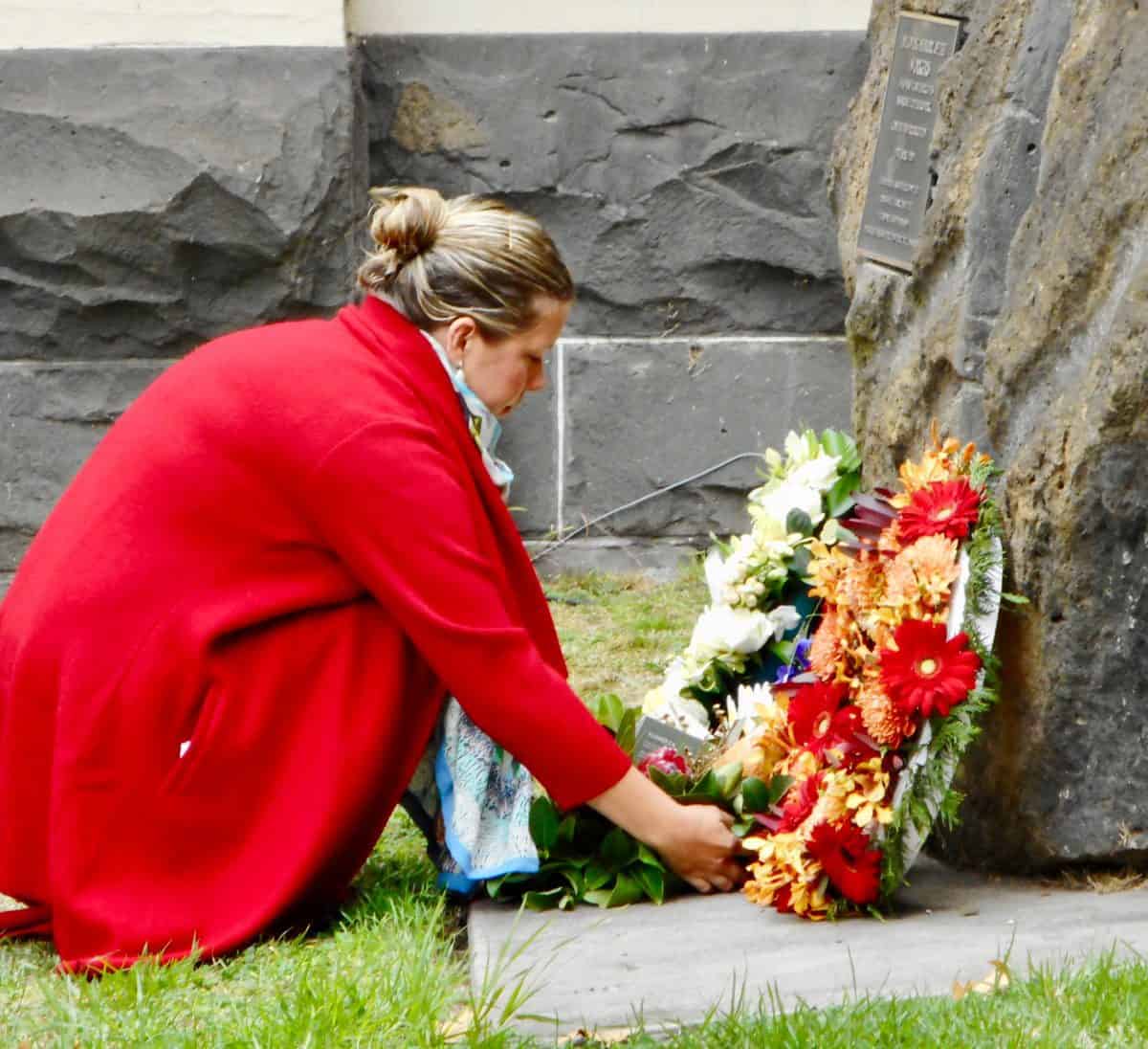WorkSafe Victoria has updated its Compliance Code for First Aid in the Workplace. No huge change to determining first aid compliance, but it, curiously, is labelled as Edition 1 even though a previous Edition 1 has existed since 2008 (earlier versions go back to 1995). So what’s changed?
Category: OHS
Suicides and historic data
Recently Safe Work Australia (SWA) released an excellent batch of occupational health and safety (OHSA) information in its annual “Key WHS Statistics – Australia 2021″. The decline in fatalities is significant, but there remains an odd omission that is worrying the longer it is not addressed – work-related suicides.
Limiting the statistical period also has implications for how OHS is understood and for the rate of change.
OHS remains the bastard child of HR and IR
There continues to be a competitive tension in Australia between the professions (if they are professions) of Human Resources (HR) and Occupational Health and Safety (OHS). This has been most obviously on display in relation to sexual harassment and the psychological harm that results.
Recently Marie Boland, about to be the 2021 Residential Thinker at the University of South Australia, spoke about this tension and much more in an online lecture about “HR: A Human Resources or a Human Rights approach to work health and safety“. At that lecture, Boland said that she pins her hopes for improvement on the new Work Health and Safety Regulations because
Diagnosis is the key
Part 2 of 2
Safe Work Australia (SWA) has reported on “mental health conditions” in its latest report on workers compensation claims and that these conditions represent 9% of claims for the 2018-2019 period (page 20). Claims have also increased in this category from 6,615 in 2000-2001 to over 10,000 in the latest data period. Mental health conditions are described elsewhere by SWA as affecting non-physical bodily locations (page 38).
As with many other reports, “mental health conditions” are not defined, but SWA states that this phrase is an alternative to “psychological injuries”. It also gives a numerical and dollar value to these conditions:
Are “mental health conditions” good or bad?
Part 1 of 2
Many organisations provide support for those experiencing mental health conditions, in workplaces particularly. These are important services; some have filled the gap left by the occupational health and safety (OHS) profession and regulators who neglected psychological health to prioritise traumatic physical injuries. But what is meant by “mental health conditions”? SafetyAtWorkBlog went on a short desktop journey to find out.
On 14 October 2021, the Australian Chamber of Commerce and Industry released a report called “Small Business, Mental Health; navigating the complex landscape“. Part of that complexity stems from the confusing terminology about “psychosocial health” and “workplace mental health”. The ACCI says:
The invisible safety leader
Recently Ben Davidson was critical of married Australian Member of Parliament, Alan Tudge, for calling for an improvement in Australian values during an affair with one of his staffers. Hypocrisy also exists in businesses where employers are told that Leadership involves talk AND action but are not allowed sufficient time to do or show any action, leading to the invisible leader.
Leaders display hypocrisy all the time, and it is easy to let them off the hook by saying this is “a developing situation”, “a journey”, or some other polite excuse. Still, these Leaders are also grown-ups who are supposed to know what they are doing and be aware of their own shortcomings. This hypocrisy is often supported by the leadership team, investors and shareholders who can push for messages without substance and are willing to accept a veneer of good values as long as the dividends continue.
Lessons for many in the prosecution of Pipecon
The prosecution of Pipecon over two of its workers who died in a trench collapse in March 2018 has opened in Ballarat’s County Court this week. Day one of the plea hearing was reported in the local newspapers and provided details of the circumstances of the events leading up to the deaths of Charlie Howkins and Jack Brownlee.
The investigation of Pipecon generated great bitterness in Ballarat and not only for the Howkins and Brownlee families. There were strong rumours that Pipecon would plead not guilty and argue that their workers were responsible for the trench collapse. Understandably people were angry that the responsibility for the worksite would be transferred to the dead workers.
Several weeks ago, the Court heard that Pipecon would plead guilty to breaches of the Occupational Health and Safety (OHS) Act. Those alleged breaches are being presented in the current plea hearing. As the case is being heard in the County Court, in time, additional details of the findings of the Court will be publicly released, as opposed to cases heard in the Magistrates’ Court.







